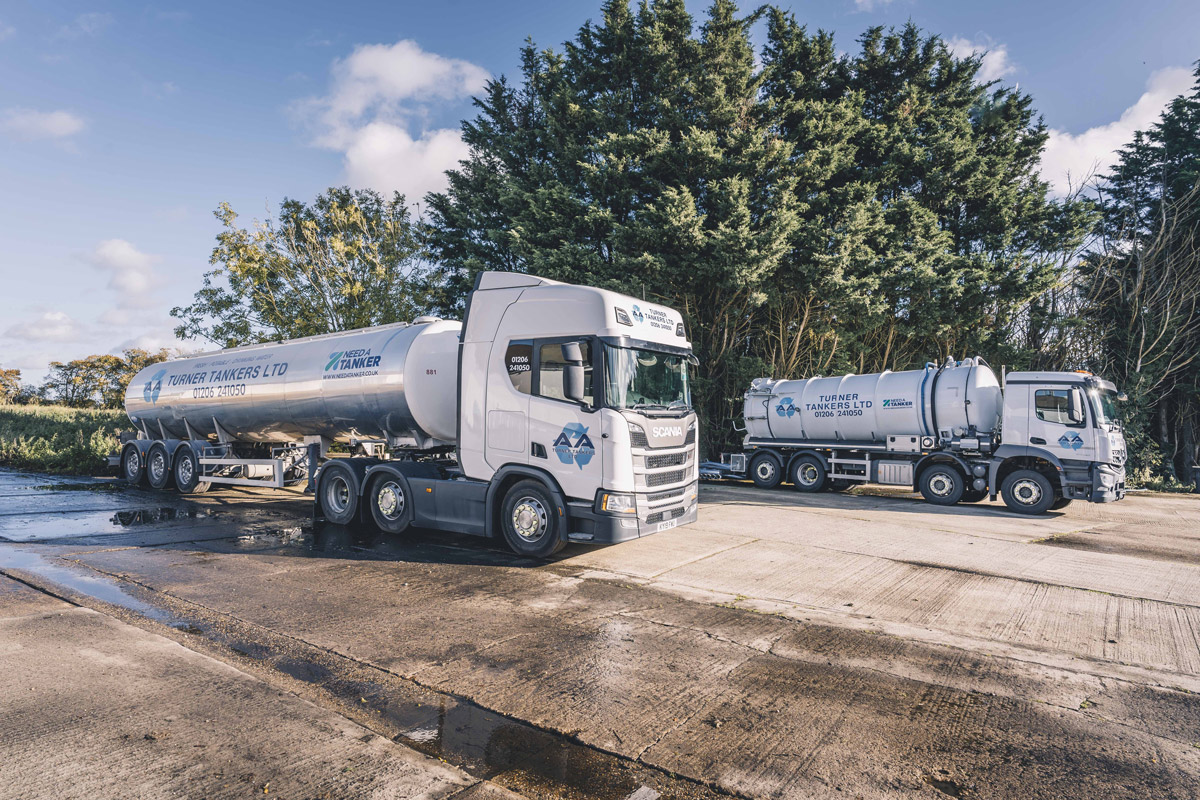Reclaim Waste for Beginners
Reclaim Waste for Beginners
Blog Article
Reclaim Waste for Beginners
Table of ContentsSome Known Incorrect Statements About Reclaim Waste The Definitive Guide to Reclaim WasteReclaim Waste - QuestionsThe Greatest Guide To Reclaim WasteThe Only Guide for Reclaim Waste
Domestic sewer waste refers to the waste and products from a residential septic storage tank. The proper management and disposal of domestic sewage waste call for liquid waste to be transferred to a sewer treatment plant where the correct methods and equipment are used to purify and dispose of waste.
Industrial waste often consists of prospective dangers, such as combustible products or a mix of fluid and strong waste products, and needs a much more sophisticated and thorough disposal procedure. The disposal of industrial waste generally entails the filtration of waste prior to transport to ensure safe and proper disposal. Hazardous waste is produced from by-products and overflow of industrial processes and manufacturing.
This kind of waste can not make use of the very same sewage management transport or procedures as septic or business fluids. The commercial waste monitoring procedure calls for the assessment and screening of liquid waste prior to it goes through the disposal process (liquid waste disposal). Overflow waste is the fluid waste that originates from drainage and excess stormwater in very booming locations or cities
Drainage waste can cause contamination and flooding if not managed appropriately. Making certain correct waste management can stop disasters and decrease environmental damage.
Reclaim Waste for Dummies
Call PROS Providers today to discover our waste monitoring and disposal services and the proper methods to look after the fluid waste you create.
(https://trello.com/w/reclaimwaste1/)Do you know what takes place to your water when you disengage, purge the toilet or drain pipes the cleaning device? No? Well, it's worth knowing. This so-called 'wastewater' is not just a crucial resource however, after therapy, will be released to our land, waterways or the sea. Used water from bathrooms, showers, bathrooms, kitchen sinks, washings and industrial procedures is called wastewater.

water made use of to cool equipment or clean plant and equipment). Stormwater, a type of wastewater, is runoff that moves from agricultural and city locations such as roofings, parks, yards, roadways, paths and gutters right into stormwater drains, after rain. Stormwater moves neglected directly to neighborhood creeks or rivers, eventually getting to the ocean.
Indicators on Reclaim Waste You Need To Know
In Queensland, the majority of wastewater is treated at sewage treatment plants. Wastewater is carried from domestic or commercial websites via a system of sewers and pump terminals, recognized as sewerage reticulation, to a sewer treatment plant. City governments build, preserve and run most sewer therapy plants. Operators are certified under the Environmental Protection Act 1994 to release treated wastewater at an appropriate environmental standard right into waterways.
The Division of Natural Resources suggests city governments about handling, operating and preserving sewerage systems and treatment plants. In unsewered locations, city governments may need householders to mount private or household sewer treatment systems to treat domestic wastewater from toilets, kitchen areas, bathrooms and washings. The Division of Natural Resources authorises the use of house systems when they are proven to be efficient.
In some brand-new class, therapy of some stormwater to get rid of litter, sand and gravel has begun using gross pollutant catches. Wastewater treatment happens in 4 phases: Removes solid matter.
Wastewater then streams into big tanks where solids work out and are eliminated as sludge. Grease and residue are skimmed from the surface area. Makes use of little living microorganisms called micro-organisms to break down and remove continuing to be dissolved wastes and fine bits. Micro-organisms and wastes are included in the sludge. Gets rid of nitrogen and phosphorus nutrients that can trigger algal blossoms in our rivers and endanger aquatic life.
The Buzz on Reclaim Waste
Nutrient removal is not available in any way sewage treatment plants because it requires costly specialist devices. It is coming to be much more common in Queensland. Clear fluid effluent produced after treatment may still consist of disease-causing micro-organisms. If this effluent is launched into rivers such as rivers or the sea, the micro-organisms will eventually die out.

The majority of wastewater streams right into the sewage system. Under the Act, neighborhood federal governments carry out authorizations and permits for ecologically appropriate activities (Periods) entailing wastewater releases that could have a neighborhood impact.
Some Known Incorrect Statements About Reclaim Waste
Or else, examples are taken for laboratory evaluation. Typically many tests are required to develop the degrees of each of the various toxins such as oils, hefty metals and chemicals in water. Surveillance provides accurate information about water quality and can validate that permit conditions are being met. The info obtained with surveillance gives the basis for making water top quality decisions.
Report this page